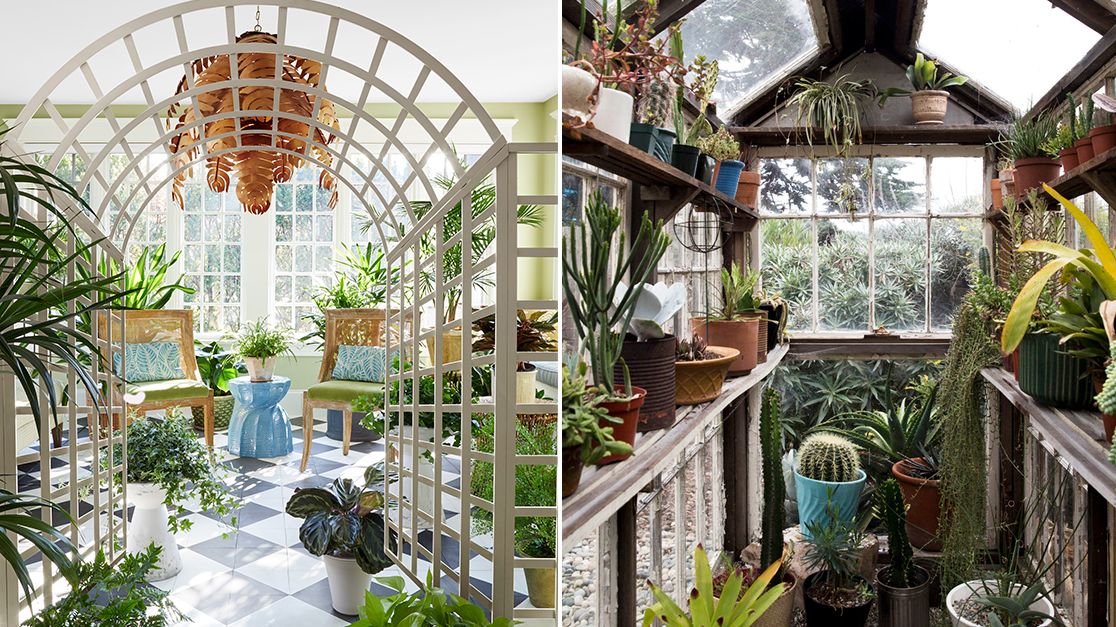Residential Oasis: Monarch Residential Greenhouse Utah Haven for Plants
Wiki Article
The Future of Greenhouses: Advancements in Sustainable Farming
Are you curious concerning the future of greenhouses and how they are reinventing lasting farming? From advanced environment control systems to vertical farming techniques, water-efficient irrigation techniques, renewable energy combination, and wise data analytics, these improvements are transforming the way we expand our food.Advanced Environment Control Equipment
To attain optimum expanding problems, you can depend on the developments in greenhouses with innovative environment control systems. These systems have actually revolutionized the way we grow crops, giving a regulated atmosphere that contributes to plant growth. With these innovative systems, you can now manipulate temperature level, humidity, light degrees, and also CO2 concentrations to produce the ideal problems for your plants to thrive.One of the essential features of these advanced environment control systems is their capacity to control temperature. By utilizing sensors and automated controls, the greenhouse can readjust the temperature based on the certain demands of the plants. This makes sure that they are never exposed to severe warmth or chilly, which can be destructive to their growth.
Humidity control is an additional critical facet of these systems. By maintaining the optimal moisture levels, you can prevent issues such as mold, mold, and illness from affecting your plants. These systems can likewise manage the quantity of light that reaches the plants, guaranteeing that they obtain the ideal quantity for photosynthesis.
Furthermore, advanced environment control systems can even control carbon dioxide focus. By raising the levels of CO2 in the greenhouse, you can enhance plant development and productivity. This is particularly advantageous in locations with reduced natural carbon dioxide levels.
Vertical Farming Strategies
One crucial upright farming technique is utilizing piled growing systems. Monarch Decorative Greenhouse Utah. These systems entail setting up plants in multiple layers, up and down stacked on top of each other. By using upright area, farmers can optimize their crop yield without requiring additional land. Stacked growing systems are generally utilized in city areas where area is restricted.One prominent technique is called vertical hydroponics, where plants are grown in nutrient-rich water without soil. This strategy is highly effective as it lowers water use by approximately 90% compared to traditional farming methods. Additionally, because the plants are grown inside your home, they are secured from pests and diseases, reducing the need for pesticides.
One more technique is aeroponics, which involves suspending the plant origins in a haze or air environment. This approach enables ideal nutrient absorption and oxygenation, leading to faster development and greater yields. Aeroponics also uses much less water than conventional farming and can be applied in upright systems, making it a prominent choice for upright farming.
Water-efficient Watering Approaches
When it comes to applying water-efficient watering approaches in sustainable agriculture,Making the most of water conservation is vital. With worldwide water scarcity becoming a pressing concern, it is essential to develop ingenious methods that optimize water usage in greenhouse procedures.One appealing method is drip watering, which provides water straight to the plant roots, minimizing waste and evaporation. By utilizing a network of tubes with tiny emitters, water is applied gradually and exactly, guaranteeing that plants receive the needed wetness without excess runoff.
One more efficient method is making use of soil dampness sensors. These gadgets determine the moisture material in the dirt and offer real-time information to farmers. By checking the soil's dampness levels, farmers can precisely determine when and exactly how much water to use, avoiding over-irrigation.
Additionally, the patch of grass implementation of rain harvesting systems is getting popularity in greenhouse farming. Gathering rainwater from roofs and storing it in containers enables farmers to utilize this natural deposit for irrigation objectives, decreasing dependence on conventional water sources.
Last but not least, the adoption see this page of automated irrigation systems can substantially enhance water effectiveness. These systems make use of sensing units to spot dirt wetness degrees and weather condition conditions, readjusting irrigation routines accordingly. By maximizing water usage based upon real plant demands, these systems can minimize water waste and promote sustainable farming techniques.
Renewable Energy Assimilation
Renewable energy integration in greenhouses supplies numerous advantages, including reduced operating prices and lowered reliance on non-renewable energy sources. The produced power can then be used to run numerous operations within the greenhouse, such as heating, illumination, and air flow systems. These wind turbines harness wind power and convert it right into electrical energy, which can be utilized to supplement the power demands of the greenhouse.Smart Data Analytics and Automation
To boost the effectiveness of your greenhouse procedures and optimize resource usage, take into consideration applying wise information analytics and automation. Smart information analytics entails collecting and assessing information from various sensors and devices within your greenhouse.
This can consist of automating the control of lights, air flow, watering systems, and nutrient shipment. By automating these processes, you can make sure that your plants get the best conditions and nutrients at the best time, without the need for consistent manual intervention.
Moreover, clever information analytics and automation can function with each other synergistically. The data collected by sensors can be utilized grass landscape to educate automatic systems, allowing them to make real-time modifications based upon the present conditions. This assimilation of information analytics and automation can bring about extra efficient and accurate resource allocation, inevitably causing higher yields and better plant high quality.
Final Thought
To conclude, the future of greenhouses in lasting farming looks appealing. With advanced environment control systems, upright farming techniques, water-efficient watering techniques, and renewable energy assimilation, greenhouses are ending up being much more reliable and eco friendly. Furthermore, making use of clever data analytics and automation further improves productivity and minimizes waste. These advancements are paving the means for a more effective and lasting agricultural market, guaranteeing a greener and much healthier future for all.
By optimizing water use based on real plant demands, these systems can reduce water waste and advertise sustainable farming methods.
Report this wiki page